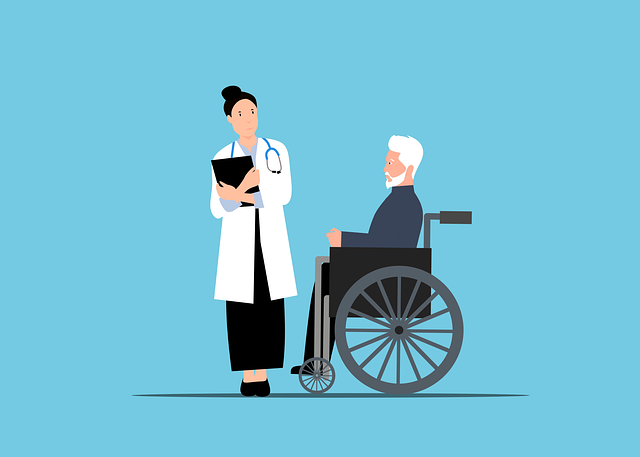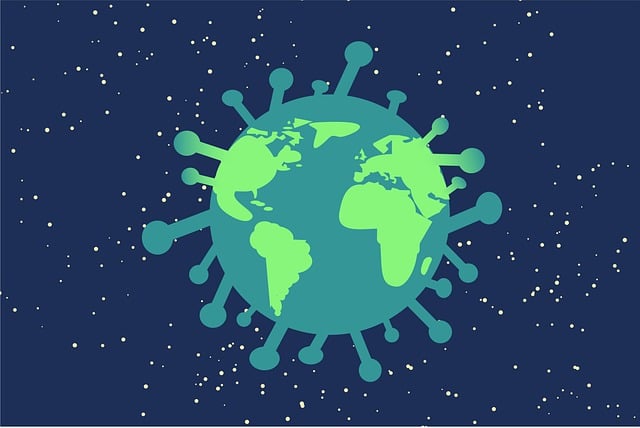In South Africa, Medical Aid (private insurance with negotiated rates) and Health Insurance (government-mandated, funded by taxes) are distinct healthcare options. While Medical Aid offers broader coverage and optional benefits via contributions, Health Insurance provides guaranteed access to essential services for all citizens regardless of health history or employment. Understanding these key differences is crucial for navigating South Africa's healthcare system and choosing the most suitable cover option, with ongoing debates centered around Medical Aid Vs Health Insurance.
South Africa’s healthcare landscape is defined by a dual system of Medical Aid and Health Insurance, each with distinct roles and legal implications. This article demystifies these schemes, exploring their historical evolution, key differences, and the regulatory framework that governs them. We delve into the rights and responsibilities of consumers, providing insights on navigating contracts, understanding benefits, and addressing challenges within this complex system. By examining Medical Aid vs Health Insurance, individuals can make informed choices, leveraging legal protections for optimal healthcare coverage.
- Understanding Medical Aid and Health Insurance in South Africa
- – Definition and differences between medical aid and health insurance
- – Historical background and evolution of these schemes in South Africa
Understanding Medical Aid and Health Insurance in South Africa

In South Africa, Medical Aid and Health Insurance are two distinct yet interconnected concepts that play a crucial role in ensuring accessible healthcare for citizens. While both aim to provide financial protection against medical expenses, they operate with different principles and scope of cover. Medical Aid is a form of private insurance offered by organisations, often employers or trade unions, which negotiates contracts with healthcare providers on behalf of its members. It typically provides comprehensive coverage for a range of medical services, including hospitalisation, specialist consultations, and chronic disease management. On the other hand, Health Insurance is a government-mandated product that offers basic essential healthcare services to all citizens, regardless of their employment status or health history.
The key distinction between Medical Aid and Health Insurance lies in their scope and funding mechanisms. Medical Aid operates on a contribution basis, where members pay regular premiums to their chosen fund, which then negotiates fees with service providers. It offers more extensive cover, often including optional benefits like dental care, chronic disease management, and wellness programmes. In contrast, Health Insurance is funded through general tax revenue and provides a guaranteed right to essential healthcare services, as outlined in the National Health Act. Understanding this difference is essential when navigating South Africa’s healthcare system, as it influences access to care, cost implications, and the level of choice available to individuals or employers when selecting a health cover option.
– Definition and differences between medical aid and health insurance

Medical Aid and Health Insurance are often used interchangeably, but they represent two distinct types of healthcare financing mechanisms with different legal implications in South Africa. Medical Aid is a form of private insurance that provides members with access to a network of healthcare providers and specialists. It typically offers a range of benefits, including medical treatments, hospital stays, and prescription medications. Members usually pay monthly premiums to maintain their coverage, and the plan’s rules dictate specific conditions for claim payments.
Health Insurance, on the other hand, is a broader term encompassing various types of policies designed to cover healthcare expenses. It can include medical aid schemes but also extends to short-term insurance and chronic condition cover. Health Insurance may offer similar benefits as medical aid, such as hospitalisation and medicine coverage, but it often has more flexible policy options and lower barriers to claim approval. Understanding these differences is crucial for consumers navigating the South African healthcare system, ensuring they choose the most suitable plan based on their needs and legal considerations.
– Historical background and evolution of these schemes in South Africa

In South Africa, the evolution of medical aid and health insurance schemes reflects a journey aimed at ensuring accessible healthcare for its diverse population. Historically, the focus was on private medical aid as an alternative to public healthcare, with schemes initially catering to white, middle-class individuals. Over time, these plans expanded to include more demographics, driven by legislative changes and growing awareness of healthcare disparities. The transition from exclusive to inclusive policies marked a significant shift, especially post-apartheid, where the need for equitable access to medical services became a priority.
The distinction between medical aid and health insurance has been a topic of discussion, with both offering essential protection against medical expenses but differing in structure and benefits. Medical aid, traditionally, operates as a private, membership-based organization, providing a range of healthcare services, including hospitalization, specialist consultations, and chronic disease management. Health insurance, on the other hand, is often associated with government initiatives and aims to cover basic medical needs, ensuring that all citizens have access to essential health services regardless of their financial status. This ongoing evolution underscores South Africa’s commitment to navigating the intricate balance between private initiative and public welfare in healthcare provision.
In conclusion, while Medical Aid and Health Insurance in South Africa share goals of providing healthcare access, they differ significantly in structure and operation. Understanding these nuances is crucial for consumers navigating the complex landscape of healthcare coverage. By grasping the historical context and legal implications discussed, individuals can make informed decisions when selecting between Medical Aid and Health Insurance, ensuring they receive the most suitable protection for their unique needs in South Africa’s evolving healthcare system.







